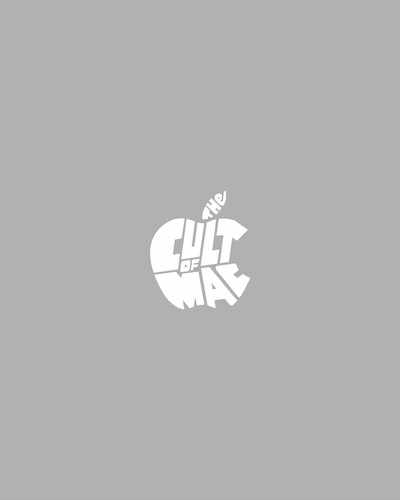
Prototypes
As noted in "Hap Plain’s Rare Prototype Collection" on
page 61, you can often determine whether the Apple
device you’ve stumbled upon is an early test unit, as
these machines are often clear shots, encased in clear
plastic, and have some sort of tag or label indicating a
preproduction status.
How rare these are depends on the device. There
may be only 10 units in existence of a first-generation iPod
Classic. But for every iPhone edition, Apple makes dozens
of units and sends them around the world for evaluation by
certified testers.
Hap Plain found his first Apple collectible on Craigslist,
but some of his best pieces come from meeting former Apple
engineers who hang on to their work but happily sell—or
sometimes donate — a piece if they know it is going someplace
it will be appreciated.
In 2016, you could have started your prototype
collection by buying an eclectic collection
from a dealer
based in Canada — for $95,000. The dealer, who went by
the username asti7127, was selling Apple collectibles that
included a prototype Apple Powerbook 100, a prototype
LaserWriter printer, an Apple Dual 3.5-inch disk drive (a
product that never made it into production), and a prototype
Apple Newton. The dealer also offered to throw in a couple
of Apple Lisas, a corduroy picnic bag with the Apple logo,
and other pieces of Apple swag.
That price tag may seem a bit steep, but, as prototype
collector Hap Plain explained, it’s hard to put a value on some-
thing that is not supposed to be released to the public. In 2017,
Plain acquired an Apple prototype (he would not disclose the
device type) that was just one of four made. It was heavily
damaged during shipping, and Plain had to battle the delivery
company to get the insurance value.
According to Plain, eBay dealers will set arbitrarily high
prices, hoping somebody will bite because they want an item
badly enough. Plain buys pieces from time to time but often is
able to acquire pieces from other collectors simply by trading.
Cultivating a relationship with a former Apple devel-
oper or engineer can be ethically tricky, potentially coming
across as opportunistic. However, the best source for proto-
types is often these folks.
Some ex-Apple developers are surprisingly willing
to part with unknown bits of history because they view the
devices through a different lens than the consumer. The
extra hours and hard work expected of these teams can
be brutal.
“By the time engineers are done with a project, it’s not
cool to them,” Plain said. “They are told not to leave the lab
till they figure this out, and so they sometimes show disdain
for the product they worked on.
“I’m sure somebody somewhere has a storage locker
with gaggles of things that will blow collectors’ minds. Some
older engineers from the ’80s or ’90s. They have some things
they know might have some value to someone and they just
want to get rid of it.”
Original Macintosh
The 1984 machine that made many Apple fans first fall in
love is still available, should you feel an urge to rekindle the
old romance. In 2016, a working 128k model M0001 was for
sale on eBay for $2,999.84. This included box, manuals, and
that boxy mouse. Models with 512k often appear on eBay for
under $1,000.
03.004.04
(RIGHT TOP) This prototype Apple Macintosh
Portable M5120 was on eBay for $2,749.
PHOTO: theappleguru/eBay
03.004.05
(RIGHT BOTTOM) The first Macintosh from
1984. PHOTO: danapplemacman/eBay
..................Content has been hidden....................
You can't read the all page of ebook, please click here login for view all page.
